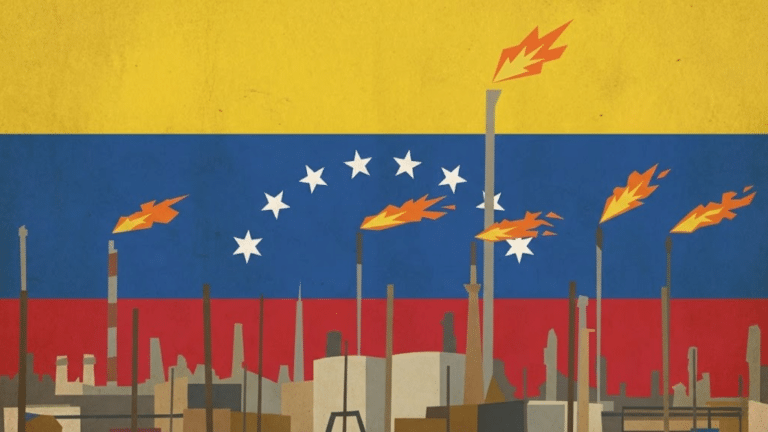The U.S. Department of Energy is a powerhouse for energy research and development, serving as the lead government agency for fundamental scientific research and the nation’s biggest supporter of basic research in physical sciences. And that’s not all. Since its founding in 1977, DOE has also contributed significantly to breakthroughs in energy technologies like solar power and the production of oil and natural gas from shale formations.
In this episode of Columbia Energy Exchange, host Bill Loveless talks to Paul Dabbar, the Under Secretary for Science at the Department of Energy. Paul is DOE’s principal adviser on fundamental energy research, energy technologies, and science, with oversight of programs that include nuclear and high-energy particle physics, basic energy, advanced computing, fusion, and biological and environmental management.
He also supervises most of DOE’s national laboratories, including technology commercialization activities at those crown jewels of innovation.
Bill and Paul sat down at the Columbia Global Energy Summit in New York to discuss the changing energy landscape and how the Trump administration prioritizes resources when it comes to energy research and science. They also talked about some of the technologies he finds most exciting now and how his previous experiences as an investment banker and a nuclear submarine officer influence his work at DOE.
Before his nomination by President Trump in 2017, Paul was managing director for mergers and acquisitions at J.P. Morgan, where he handled transactions involving power plants and utilities. All told, his experience at the bank involved more than $400 billion in investments across all energy sectors.
Before that, he was a nuclear submarine officer, having graduated from the U.S. Naval Academy and later earning an M.B.A. degree from Columbia University.
He’s had a hand at research, too, having done work at the North Pole while in the Navy and at Johns Hopkins Applied Physics Laboratory after leaving the Navy. He’s also served on the DOE Energy Environmental Management Advisory Board and is a member of the Council on Foreign Relations.









